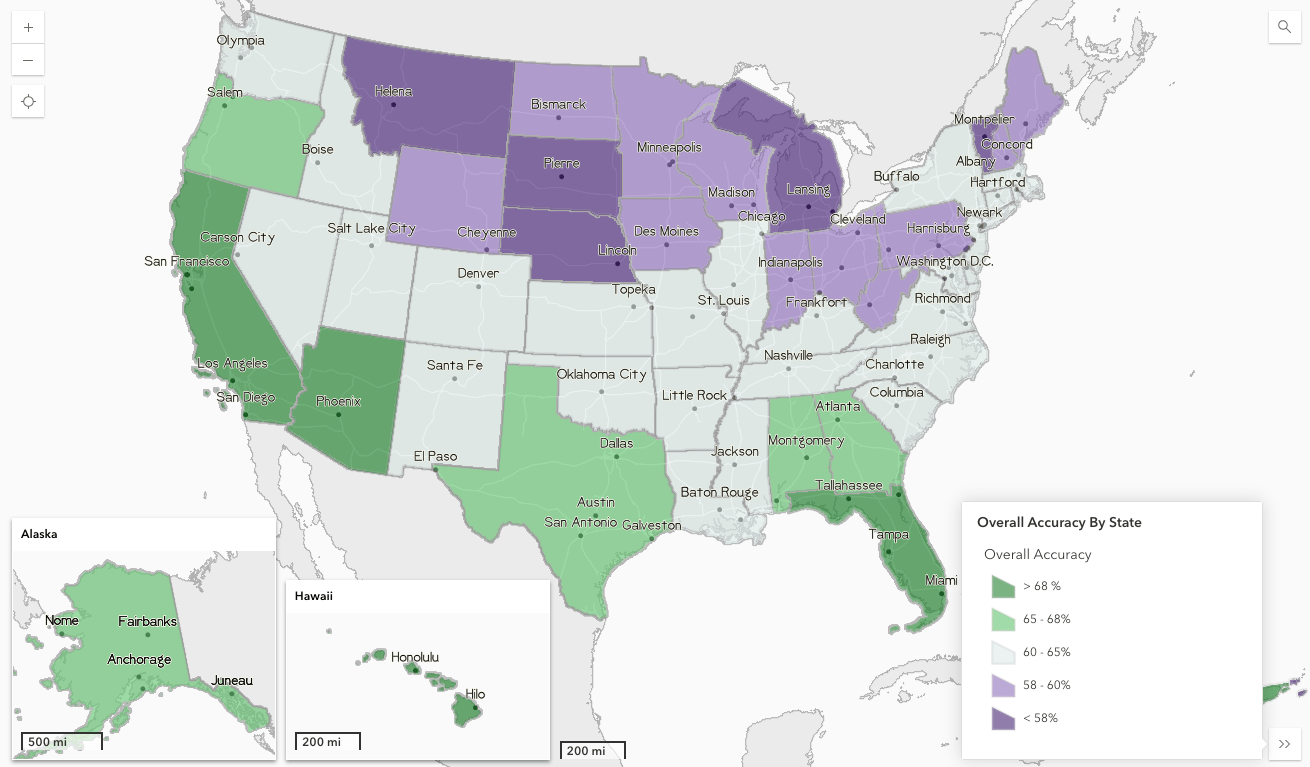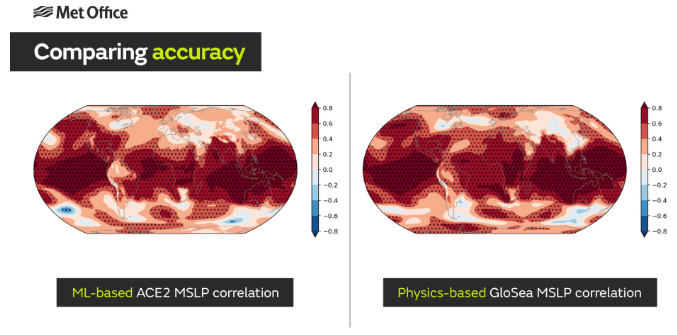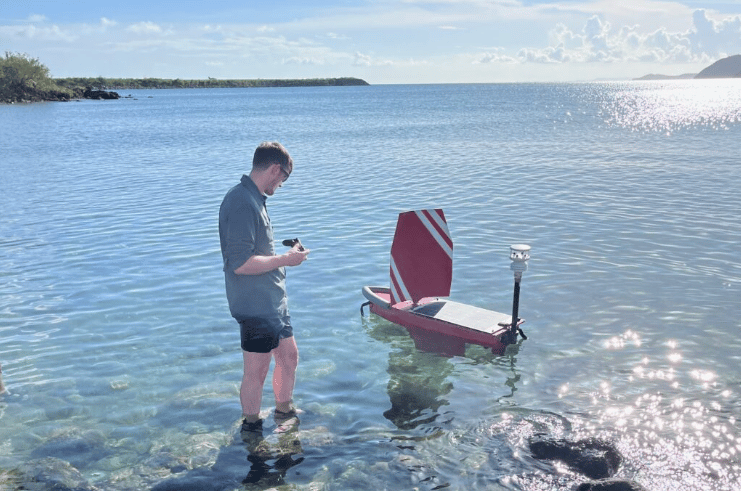- ForecastWatch
- Posts
- ForecastWatch September Wrap-up and News
ForecastWatch September Wrap-up and News
A look back at ForecastWatch reports and blog posts, and ClimateWatch newsletters over the last month.
September Wrap-Up
NEW FORECASTWATCH REPORT: Best Places to Live in the U.S. 2025 Edition
We just released the latest edition of our Best Places to Live or Work in the United States if You Need to Know What the Weather Will Be Like Tomorrow 2025 report! For our United States report, we analyzed and ranked 793 locations by the capability to predict high temperatures, low temperatures, and precipitation for the next three days.
For the first time ever, we also created an interactive ArcGIS StoryMap to complement our report and allow you to inspect locations on your own!
Find out where your city ranks, download our full report, and check out the interactive maps via our blog!

Machine Learning Seasonal Forecasting Capability
New research led by the Met Office shows that machine learning-based weather models have the potential to revolutionize global seasonal forecasting. Existing methods to predicting seasonal forecasts, or forecasts for the next three months, involve running physics-based models multiple times to understand the likely scenarios, with probabilities then applied to different conditions.
The Met Office has seen how machine learning can improve skill in short-range forecasting, and are now researching long-range AI models. The Allen Institute for AI’s machine learning model, ACE2, has demonstrated comparable performance to existing methods and required significantly less computing power.

Subscribe to the ClimateWatch newsletter!
About a year and a half ago, our parent company Intellovations LLC launched a newsletter called ClimateWatch!
The goal is to bring you the week's most pressing climate issues, impacts, trends and forecasts, groundbreaking innovations, and actionable tips in our weekly newsletter dedicated to keeping you up-to-date on climate information. In the future, the plan is to include in-depth analyses from our experts in the newsletter.
Check out the newsletters from September:
Mini Ocean Robots to Collect Hurricane Data
The National Oceanic and Atmospheric Administration partnered with The University of Southern Mississippi and the robotics company Oshen to collect critical data and improve hurricane forecasting and research. On August 31st, NOAA launched five small uncrewed surface vehicles (USVs) called C-Stars off the coast of the U.S. Virgin Islands.
C-Stars transmit real-time data on wind speed and direction, sea surface temperature, air temperature, air pressure, and relative humidity via satellite for forecasters and scientists. Once the C-Stars are recovered, they will also have wave condition data, high-resolution images, and high-resolution video.

We are on social media to let you know what is happening at ForecastWatch, keep you up-to-date on our latest reports and services, and to have a little fun. If you haven't already, give us a follow on Facebook, Instagram, LinkedIn, Bluesky, and Threads!
Welcome to our new newsletter! You are receiving this email because you opted in via our website. If for any reason you have changed your mind and no longer wish to hear from us, you can unsubscribe by clicking the link at the bottom of this email. We really hope you don't because we're looking forward to sending you interesting information in the months ahead.